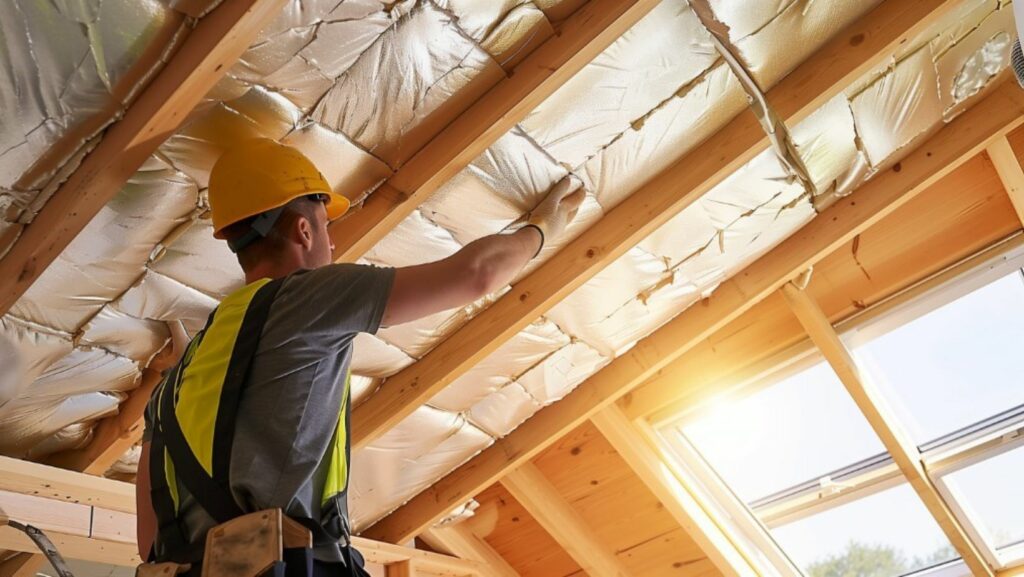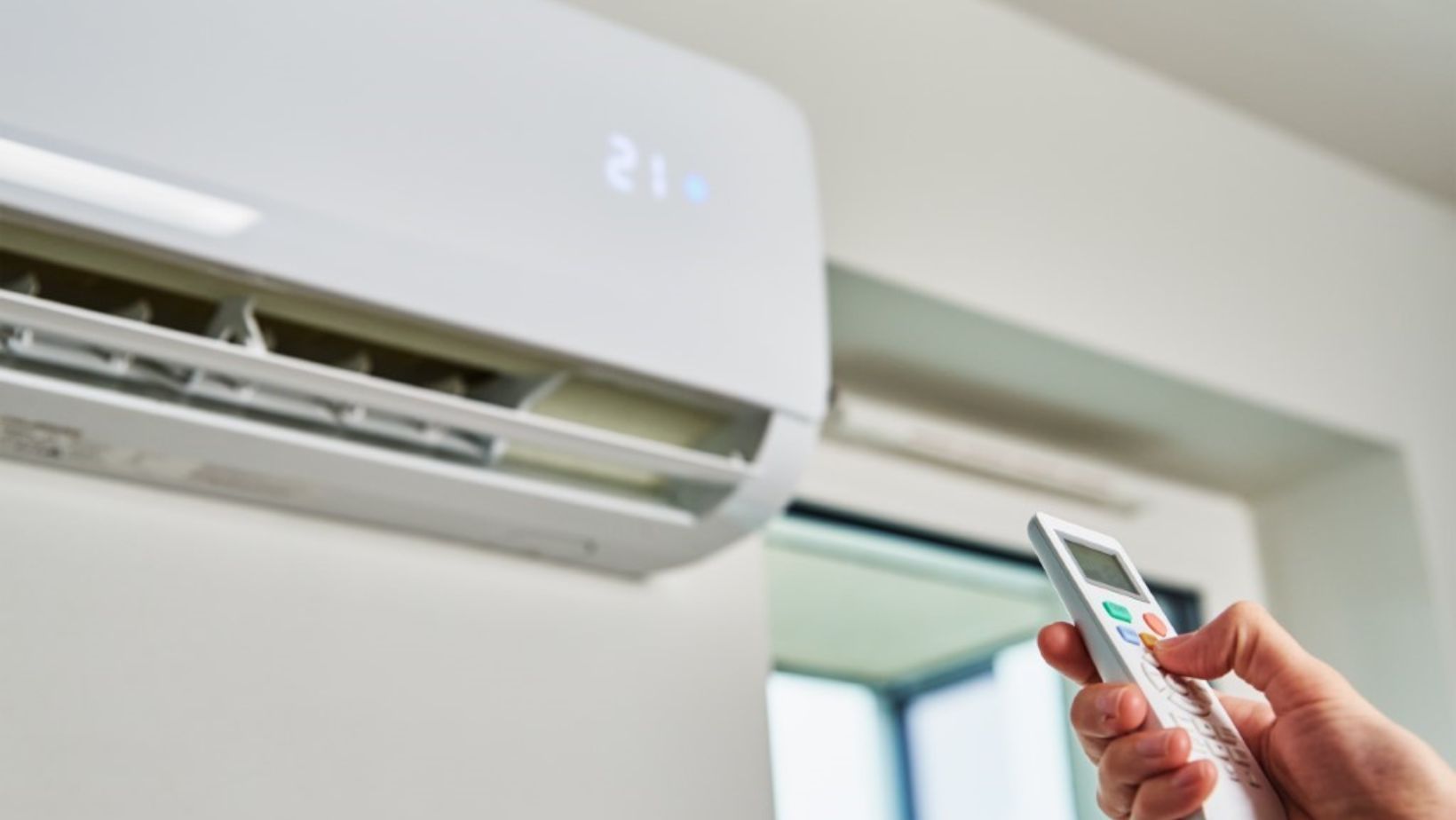
Summer heat can send your energy bills soaring. One of the biggest culprits is your air conditioner, working overtime to combat the relentless sun. But what if you could reduce its workload and enjoy a cooler, more cost-effective home? The answer lies in optimizing your home’s thermal insulation.
By improving your insulation, you’re creating a more energy-efficient space that’s comfortable year-round. Read on to know how to make the most of it.
Understanding Thermal Insulation
Thermal insulation is like a cozy blanket for your home, keeping the heat out during summer and inside during winter. There are different types of insulation to choose from, like batt insulation, loose-fill insulation, foam insulation, and reflective insulation. Each has its own strengths so that you can pick the perfect one for your home’s needs.
How do you measure the effectiveness of insulation? The R-value is your answer. The higher the R-value, the better the insulation at blocking heat. So, when choosing insulation, consider your climate. A colder region will require a higher R-value compared to a warmer one.
Don’t forget about indoor air quality. Investing in air purifiers, humidifiers, and HEPA filters can significantly improve your home’s environment. For expert advice on installation and maintenance, consider consulting professional air purification consultants. They understand each household’s need for cleaner and healthier indoor air.
Assessing Your Home’s Insulation
Before you start making changes, it’s important to assess your home’s current insulation. Begin with a visual inspection, looking for gaps, cracks, or visible insulation. Pay attention to areas like your attic, basement, and around windows and doors.
For a more comprehensive evaluation, consider an energy audit. A professional will identify areas where your home is losing heat and recommend improvements. Common areas to check include your attic, walls, basement, crawl spaces, and windows.
Improving Attic Insulation
Adequate insulation is crucial in summer, as your attic is a major entry point for heat gain. Aim for the recommended insulation level for your climate. You can install batt insulation between rafters, use loose-fill insulation to fill gaps, or opt for spray foam for maximum coverage.
Remember, ventilation is key when optimizing your home’s thermal insulation. Proper airflow prevents moisture buildup and helps maintain attic temperature. Seal any air leaks you find while you’re up there.
Enhancing Wall Insulation
Wall insulation can be tricky, especially in existing homes. Exterior insulation is the most effective but often requires significant remodeling. Interior insulation, on the other hand, can be done without disrupting the exterior but might reduce living space. Blown-in insulation is another option for filling wall cavities.
The type of wall construction will influence your insulation choices. Cavity walls have a hollow space that can be filled with insulation. Meanwhile, masonry walls require different approaches, and wood frame walls offer more flexibility.
Basement and Crawl Space Insulation
Your basement or crawl space needs attention. Insulating these areas can significantly impact your home’s overall comfort and energy efficiency. Use insulation specifically designed for these spaces to handle moisture and humidity.
Proper ventilation is essential to avoid mold and condensation. Ensure your basement or crawl space is well-ventilated to maintain a healthy environment.
Window and Door Insulation
Windows and doors are common culprits for heat gain. Upgrade to energy-efficient windows with double or triple panes and low-E coatings. These features help reduce heat transfer.
Seal up any gaps around windows and doors with weatherstripping and caulking. This prevents air leaks and improves insulation. For extra protection, consider window films that can reduce solar heat gain.
Insulating exterior doors can also make a difference. Look for doors with good insulation values and seal any gaps around the frame.
Additional Insulation Tips
When optimizing your home’s thermal insulation and maximizing your home’s energy efficiency, consider these additional tips:
- Insulate ducts and pipes to prevent heat loss.
- Install radiant barriers in your attic or roof to reflect heat.
- Insulate floors above crawl spaces.
- Consider zoning your home to control cooling in different areas.
If you need more assistance in improving your home insulation, don’t hesitate to contact the experts. They’ll know exactly what your place needs.
Cost-Benefit Analysis and Return on Investment
Investing in insulation might seem costly upfront, but the long-term benefits are significant. You can expect lower energy bills, increased home comfort, and a higher property value.
Factors like your climate, home size, and current insulation levels will influence your return on investment. Government incentives and rebates may also offset costs.
DIY vs. Professional Installation
Whether you tackle home insulation yourself or hire a professional depends on your skills, time, and the complexity of the project. DIY projects can save money but require careful planning and execution. But if you want to ensure the job is done right, call the pros.
Safety is crucial when working with insulation, so wear protective clothing and follow manufacturer guidelines. Hiring a professional is recommended for large or complex projects.
Conclusion
Optimizing your home’s thermal insulation is a smart move. It’s a great way to save money on energy bills and create a comfortable living space. Take a close look at your home. Are there areas that could use better insulation? You might be surprised at the difference it can make. Remember, a well-insulated home is a happy home.














